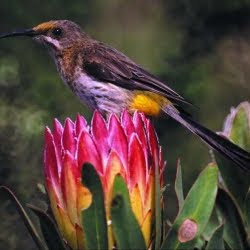
There are many adverse effects or threats on biodiversity, some of them are listed below:
Degradation of ecosystem.
Loss of habitat.
Loss of mobility.
Reduction in the expansion of vegetation.
The following measures should be adopted for the conservation of biodiversity:
1. Over grazing in the forest and areas of vegetation should be controlled because it may destroy the useful rare plants.
2. The habitat of plants and animals should be conserved.
3. The natural condition of ecosystem should be studied and researched in time and again, then specific programs for conservation should be conducted.
4. Human activities should be done without destroying natural environment.
5. Illegal hunting and smuggling of animals and plants should be strictly avoided.
6. Effective laws and rules should be adopted for the conservation of rare animals and plants.
7. Industries are established from the raw materials. During the process of collecting raw materials, care should be taken not to destroy useful plants and habitats of animals.
8. Public awareness should be created about the importance of rare animals and plants, causes of rareness and measures for their preservation.
Degradation of ecosystem.
Loss of habitat.
Loss of mobility.
Reduction in the expansion of vegetation.
The following measures should be adopted for the conservation of biodiversity:
1. Over grazing in the forest and areas of vegetation should be controlled because it may destroy the useful rare plants.
2. The habitat of plants and animals should be conserved.
3. The natural condition of ecosystem should be studied and researched in time and again, then specific programs for conservation should be conducted.
4. Human activities should be done without destroying natural environment.
5. Illegal hunting and smuggling of animals and plants should be strictly avoided.
6. Effective laws and rules should be adopted for the conservation of rare animals and plants.
7. Industries are established from the raw materials. During the process of collecting raw materials, care should be taken not to destroy useful plants and habitats of animals.
8. Public awareness should be created about the importance of rare animals and plants, causes of rareness and measures for their preservation.








